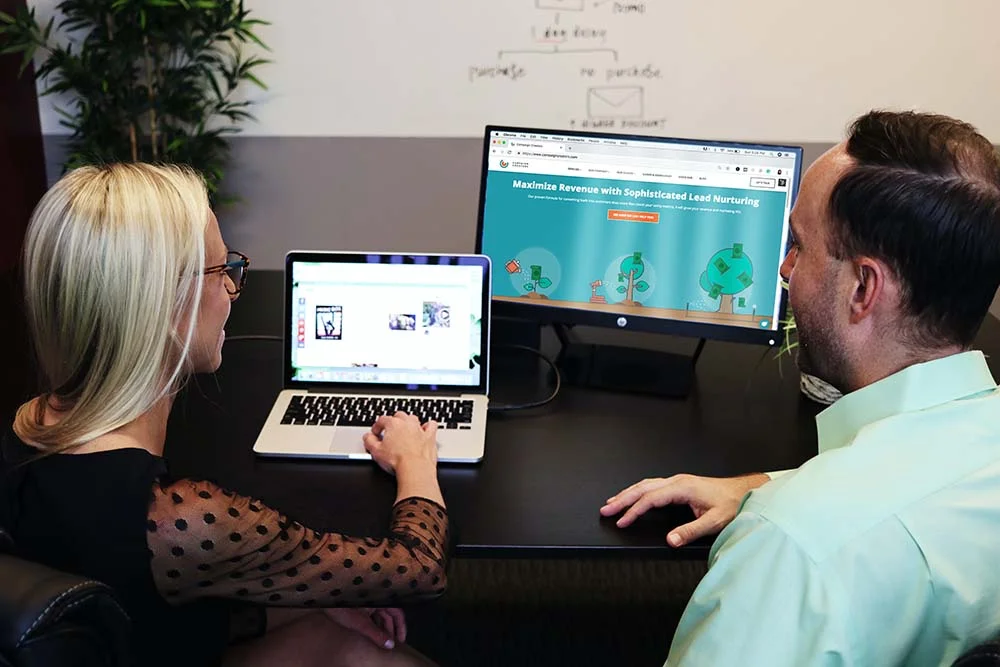Ding dong. Cancel all your appointments. Your pizza is here. But what did you order and did you really get what you wanted? Get ready to adsorb a flame of information about minimalist design. Dominate your next discussion that revolves around the approach to User Experience Design.
What is minimalist design
Welcome to this introduction to the topic or minimalist design and User Experience Design.
What were the key things that led minimalist design to becoming such an integral part of User Experience Design? Various sources will provide various opinions.
Minimal design involves eliminating any excess elements to the bare minimum. This helps users achieve a goal more efficiently, and with more precision.
Now that you have a sound understanding of what we are dealing with, the remainder of the article should be easy to decipher.
Emergence of minimalist design
The vast experience we have in minimalist design makes us the perfect place to start. We’re confident that you will find some intriguing information as you continue onward.
Trends suggest that more and more people are realising that they need to know more about User Experience Design.
Jot down some of the assumptions you have about minimalist design. What are some words that describe your current understanding?
Plain and boring is a common response. But this is actually not always true. The user experience can still be highly engaging.
These thoughts may come in handy later when you are reading further on in this post.
Feast your eyes on the following points.
Let’s sink our teeth in. Don’t worry. We’ll get to the pizza.
Improved user focus on task
Here is the first major consideration.
All the distractions of excessive content on the page fades to white. As a result, the user is not distracted by a series of unrelated content when completing the task they set out to achieve.
This means the user remains on course with the user journey you provide them, leading to more conversions for your website or application.
With that said, you can at least say you know a little bit more than before. One down. What’s next.
Easier to maintain and update
Having a bloated design for your digital product will require more effort when it comes to making future updates and changes. Obviously, this will lead to greater costs and resources in getting these changes made.
A simple, minimal design however is far easier to maintain, and prevents the code base from becoming a mess.
There is another area you can raise in the next discussion about minimalist design. With that aspect behind you, this next part will seem simple.
Less is More Approach
It’s the classic Pizza analogy.
You really like mushrooms but you have fear of missing out on other ingredients, so you order the pizza with the lot. There is only room for a couple of mushrooms with this option.
Alternatively, you can order the mushroom pizza, which provides you with what you actually want, and none of the trimmings. With this option, you get loads of mushrooms, and are satisfied in your cravings. Having only what users need and want should be the goal of your user experience.
And you’ve tripled what you know.
Paste this knowledge together and you can see the bigger picture beginning to appear.
But it doesn’t stop there. There is so much more to know.
After all that, you can at least say you learned more.
The way forward for minimalist design?
For now, that’s the summary of factors for minimalist design and User Experience Design.
Levelling up on User Experience Design has never been so easy.
Approaching other sources for knowledge will help you learn even more. That’s all we will cover in this particular snapshot. It’s never dull when talking about minimalist design.
Who knows what the future will hold for minimalist design? In due time, this will be known. Let the waiting game begin.
Now go make yourself a cup of tea.
And final task. Drop one or two of your own thoughts in our comments.
And be sure to check out our other articles that relate to User Experience Design.
